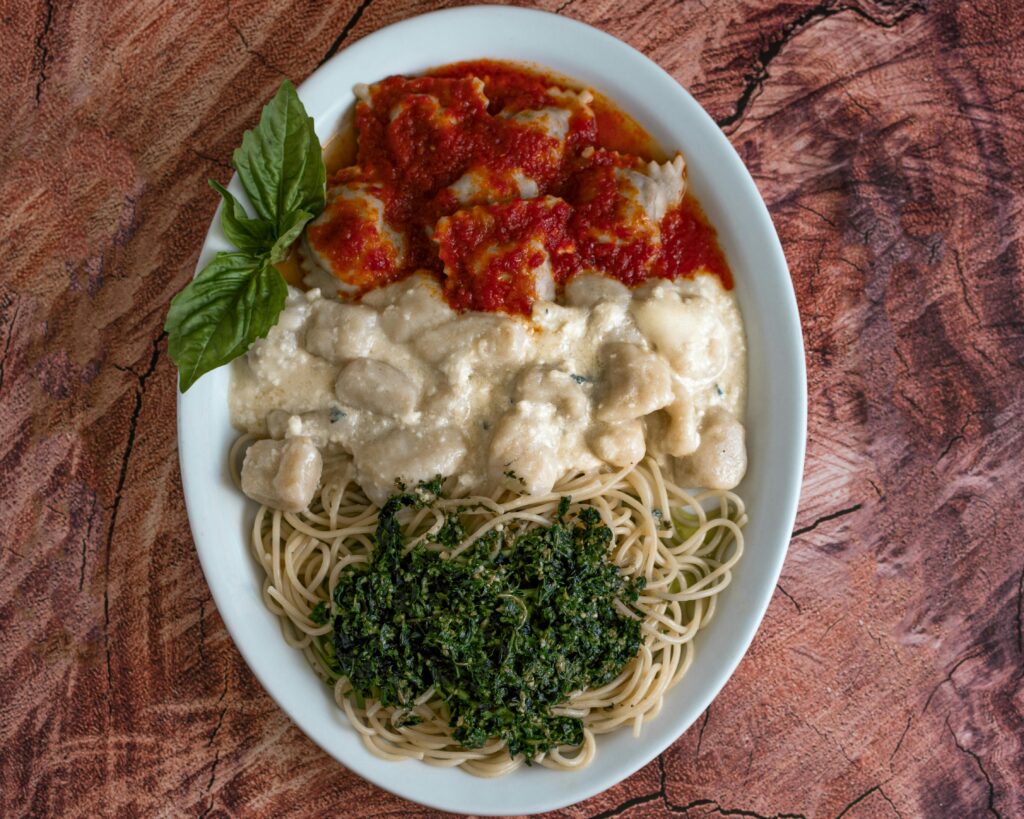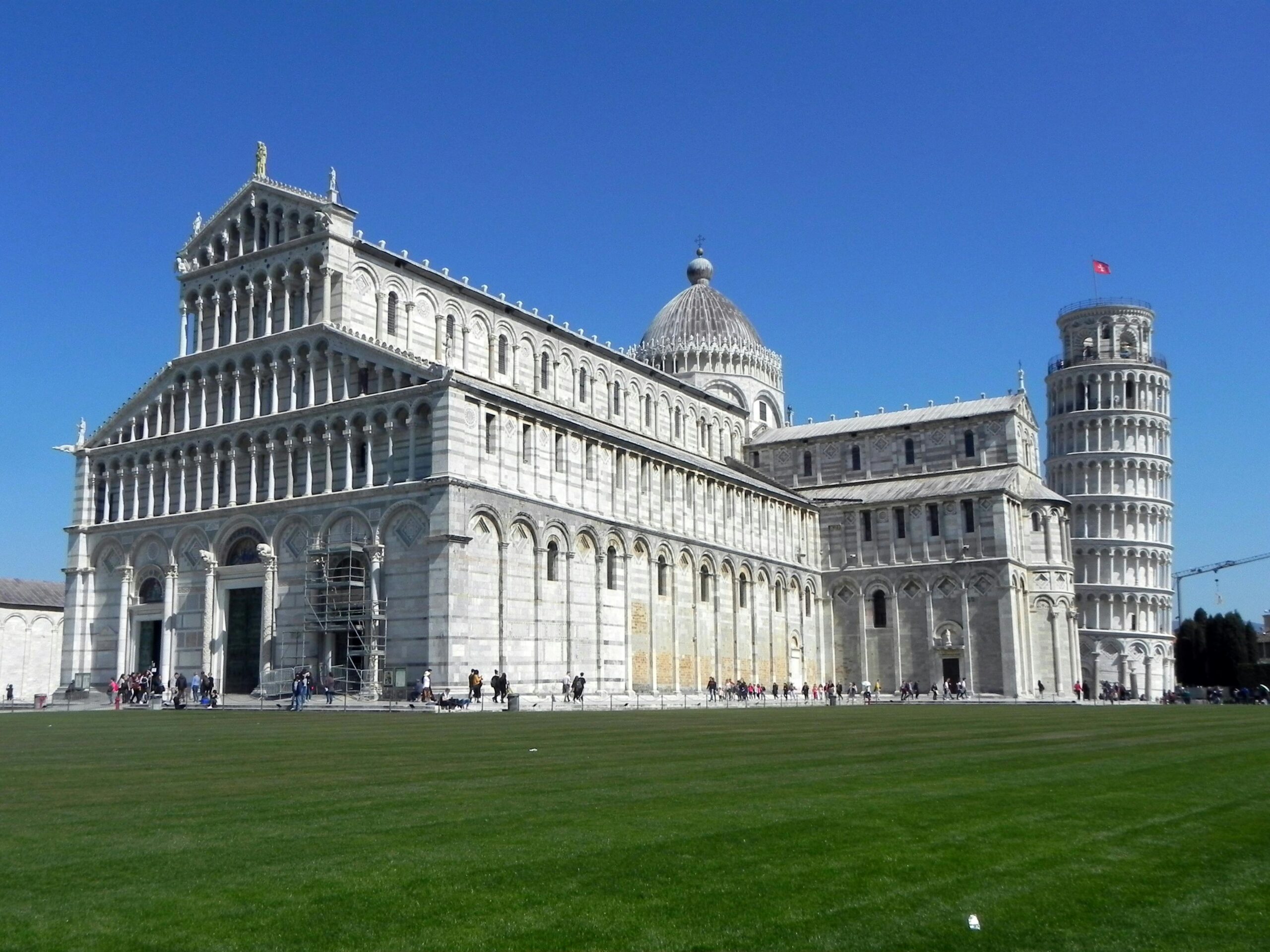Florence
Italy’s Jewel and the Heart of Modern Italy has a beautiful mix of historic sites, artistic towns, stunning scenery, and renowned cuisine. It also offers many unique spots to visit. Among its numerous attractions, Florence—called Firenze in Italian—stands out as a crown gem. Florence, a city that transformed art, culture, and human thinking, is often credited as the cradle of the Renaissance. It is located in the centre of Tuscany. Florence is perhaps the most excellent location in Italy to fully appreciate the entire range of the nation’s cultural riches, thanks to its magnificent architecture, rich historical past, and enduring creative influence.

An Epicenter of Culture and History
Although Florence has Roman origins, it was during the late Middle Ages and Renaissance (14th to 17th centuries) that the city truly flourished. Under the dominant Medici family, Florence became a significant centre for philosophy, science, finance, and, most importantly, the arts. In addition to being strong leaders, the Medicis were also ardent admirers of great artists such as Galileo, Michelangelo, and Botticelli. Humanism, a fresh focus on human potential and achievement, originated in Florence. This intellectual revolution and the city’s economic success gave rise to some of the finest art and architecture in Western history.
Marvels of Architecture
Travelling to Florence is like exploring a live museum. With many magnificent structures that showcase the luxury of Gothic architecture and the brilliance of Renaissance design, the city’s historic core is recognized as a UNESCO World Heritage Site.
The Dome of Brunelleschi and the Duomo
The Cathedral of Santa Maria del Fiore, commonly referred to as the Duomo, is Florence’s most renowned landmark. Filippo Brunelleschi’s massive red-tiled dome, a 15th-century engineering marvel, remains an impressive feat today. This region is a focal point of architectural and artistic beauty due to the cathedral’s magnificent marble façade, its bell tower (built by Giotto), and the Baptistery with its famous bronze “Gates of Paradise” by Lorenzo Ghiberti.
Piazza della Signoria and Palazzo Vecchio
A replica of Michelangelo’s David and Cellini’s Perseus with the Head of Medusa is among the statues in the Piazza della Signoria, a large plaza. Overlooking the Piazza is the Palazzo Vecchio, the former seat of government. This outdoor museum showcases Florence’s rich cultural heritage and sense of civic pride, exemplified by the Ponte Vecchio. When discussing Florence, one must include the Ponte Vecchio, the city’s oldest and most iconic bridge. It is lined with stores, predominantly jewellers, that bridge the Arno River and has withstood centuries of flooding and battle. It is especially well-known for the Artist’s Corridor, a covert route above the stores that was constructed for the convenience of the Medici family and linked the Pitti Palace with the Uffizi Gallery.
Masterworks of Art
Florence’s outstanding contributions to the art world are what has made it most renowned. The Uffizi Gallery, one of the world’s most significant art museums, is home to works by artists such as Michelangelo, Caravaggio, Raphael, Leonardo da Vinci, and Botticelli. Giorgio Vasari created the museum, which is a masterpiece of architecture.
Another must-see is the Galleria dell’Accademia, home of Michelangelo’s David, a famous depiction of human beauty and creative brilliance. Carved from a single piece of marble, the sculpture is a striking symbol of Renaissance values, including beauty, strength, and the potential of every individual. In addition to the museums, Florence’s cathedrals, including Santa Croce and Santa Maria Novella, are home to remarkable sculptures and murals by renowned artists such as Donatello, Masaccio, and Giotto.
A Heaven for Cooks
Florence is as passionate about feeding the body as it is about feeding the mind and spirit. Tuscan cuisine, renowned for its simplicity and high-quality ingredients, is best savoured in Florence. The bistecca alla Fiorentina, a thick, grilled T-bone steak seasoned with only salt, pepper, and olive oil, is one of the city’s most well-known meals. It captures the region’s rustic, powerful characteristics when served hard.

Lampredotto
Other well-known delicacies in Florentine tradition include ribollita, a traditional bread and bean soup, and ribollita, a popular street snack prepared from the fourth stomach of a cow and usually served in a sandwich. A staple of Florentine cuisine is Chianti Classico, one of the most well-known wines from the Tuscan region. Eating in Florence is a sensory experience, whether at a fine dining restaurant, a family-run trattoria, or a bustling food market like Mercato Centrale.
Craftsmanship and Fashion
Florence welcomes modernism, especially in fashion, despite its historical roots. This city, which still plays a prominent role in Italian fashion today, is where Gucci was founded. The city’s upscale retail district, the Via de’ Tornabuoni, is home to both old ateliers and fashionable stores.
Florentine leather products are in great demand. Shops across the city and around Santa Croce sell handcrafted purses, belts, and coats. The techniques utilized to make these products have been used for many generations.
An Inspirational City Florence
It is notable for both its inspirational qualities and its physical beauty. It was the birthplace of Dante Alighieri, the father of the Italian language, and Niccol Machiavelli, author of The Prince. Their works had an impact on European literature, philosophy, and politics.
Even after hundreds of years, Florence continues to draw dreamers, artists, and academics. To study Florence’s carefully maintained history, students go from all over the globe to its colleges, art academies, and repair labs.
The Tuscan Landscape
Florence’s charm is heightened by the surrounding Tuscan landscape, even if the city itself is enthralling. Vines, olive groves, cypress-lined lanes, and rolling hills offer a charming getaway within a short distance of the city centre. Towns like Fiesole provide expansive views of the city, while day excursions to Siena, San Gimignano, and Chianti allow tourists to experience the richness and beauty of Tuscany.

Charm and accessibility in a practical way
Florence is quite visitor-friendly since it is small and walkable. The majority of the main sites are easily accessible on foot, allowing for an easy investigation that uncovers hidden treasures, such as lively cafes, tranquil cloisters, artisan workshops, and serene piazzas. The city is also an excellent starting point for exploring central Italy, with fast rail connections to Rome, Venice, Bologna, and Milan.
In conclusion
Florence is an open invitation to discover beauty, history, and creativity; it is more than simply a city. Although the past is very much alive there, the present also seems vibrant and fascinating. Florence offers a comprehensive view of Italy’s cultural genius, from its Renaissance masterpieces to its gastronomic delights.
Whether you are a gourmet, an art enthusiast, a history buff, or simply a tourist seeking profound beauty, Florence welcomes you with a richness that few cities in the world can match. Florence is, without a doubt, one of Italy’s most incredible travel destinations as it continues to stand out in a nation recognized for its remarkable travel locations.

Leave a Reply